
⏪▶⏩◼ : Walkman User Guide 2020 (2)
Continued from above: " ⏪▶⏩◼: Walkman User Guide 2020 (1) "
▶: Walkman in different periods
From 1979 to the mid-2000s, SONY, AIWA, Panasonic, SANYO, KENWOOD, TOSHIBA, GRUNDIG, PHILIPS and other electrical companies have launched their own "Walkman", of which SONY and AIWA have the most abundant models. Some representative models of Walkman from different periods are listed below. All images in this article are from the Internet.
Not out of nowhere, just a call of the times: 1979 to the mid-1980s, the infancy of the Walkman

The Walkman TPS-L2 in the picture is the first Walkman launched by SONY. It was launched in Japan on July 1, 1979, and landed in the United States the following year. TPS-L2 has doubled in value in recent years due to his appearance in the "Guardians of the Galaxy" series. From the current point of view, this machine is very heavy and consumes a lot of power. Two alkaline AA batteries can only listen to it for about 5 hours, and the playback sound quality is not the best. It belongs to a machine with more feelings and collection than practical.
It is said that TPS-L2 was born out of SONY's portable recorder TCM-100 produced in 1978:
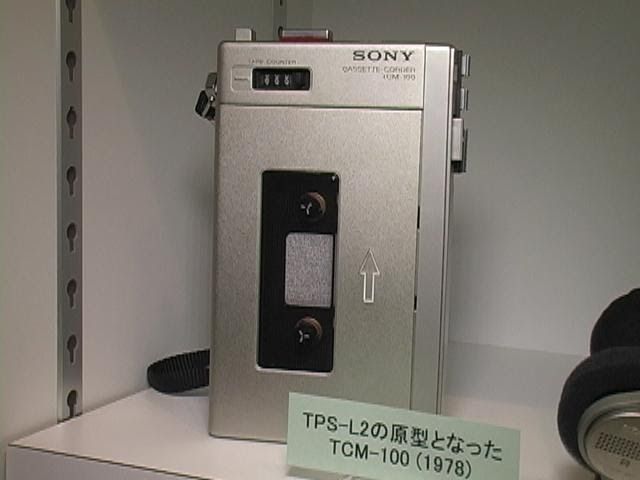
As the title of this chapter says, "It wasn't born out of nowhere, it's just the call of the times", the true origin of the Walkman, both technically and conceptually, has a history that can be dig deeper. The TCM-100 is by no means the only origin of the Walkman, and the TPS-L2 is by no means the first product in the world to have the concept of a machine like the Walkman. Friends who like in-depth research may wish to dig deeper.
SONY's flagship models modified on the basis of TPS-L2, such as WM-1, WM-2, WM-3, WM-4, etc., all appeared in the first half of the 1980s. The WM-2, which uses a plastic case, has sold 1.5 million units worldwide since its launch in 1981, and is said to be the largest-selling Walkman in history.
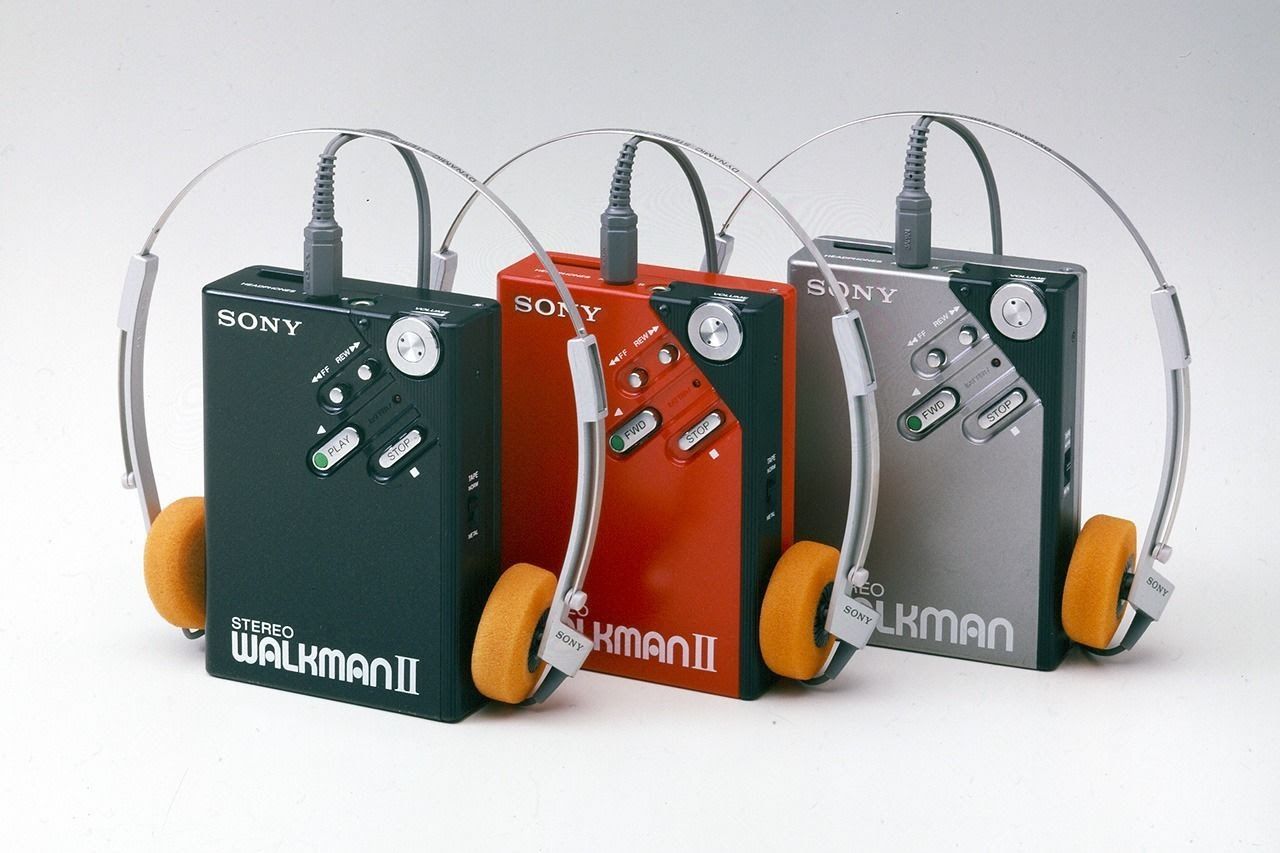
This period also gave birth to one of the best-sounding Walkman series to date: the SONY Walkman DD series.
The DD series started in 1982. Although it looks very similar to the WM-2, it uses a different tape drive model than the original model, the TPS-L2. DD is an acronym for "Disc Drive", which means a geared direct-drive tape winch design, eliminating the need for a less stable rubber belt that drives inside the machine. This allows the tape to run at a very constant speed, regardless of differences in tape duration (aka weight) and workmanship in the machine.
Stable transport is the first prerequisite for the sound quality of a tape player. If the transport is unstable, you will hear a weird sound called "Wow & Flutter" (similar to a kind of vibrato) when listening. The presence or absence of Wow & Flutter is an important factor involved in choosing a machine, which will be introduced later.

The DD series provides the listener with the best possible sound quality, but its structural features make the machine not destined to be too small (but it is also much smaller than the original TPS-L2). Just like cameras and later mobile phones, miniaturization of the machine is also the only way in the development of the Walkman. At the same time as the birth of the DD series, various manufacturers also began to put the miniaturization of the machine on the agenda.
The three models WM-10, WM-20 and WM-30 introduced by SONY in the first half of the 1980s use a telescopic design, so that the machine can be carried in a smaller volume when the machine is empty without a tape. The size of the tape case is about the same, which is really dazzling! These three models are also highly sought-after collectibles today due to their small and cute size, although their sound quality cannot be compared to the DD series or the "next-gen" models of the late '90s.

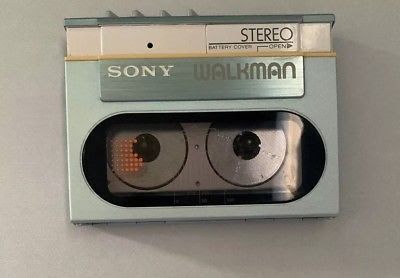
Not to be outdone, AIWA launched the high-end model HS-P07 in 1984, which was called "the world's lightest self-turning tape Walkman" when it was launched.

This machine was even more fortunate to appear in the 1985 sci-fi film "Back to the Future", so this model has always been a hot collection in the eyes of movie fans and Walkman collectors:
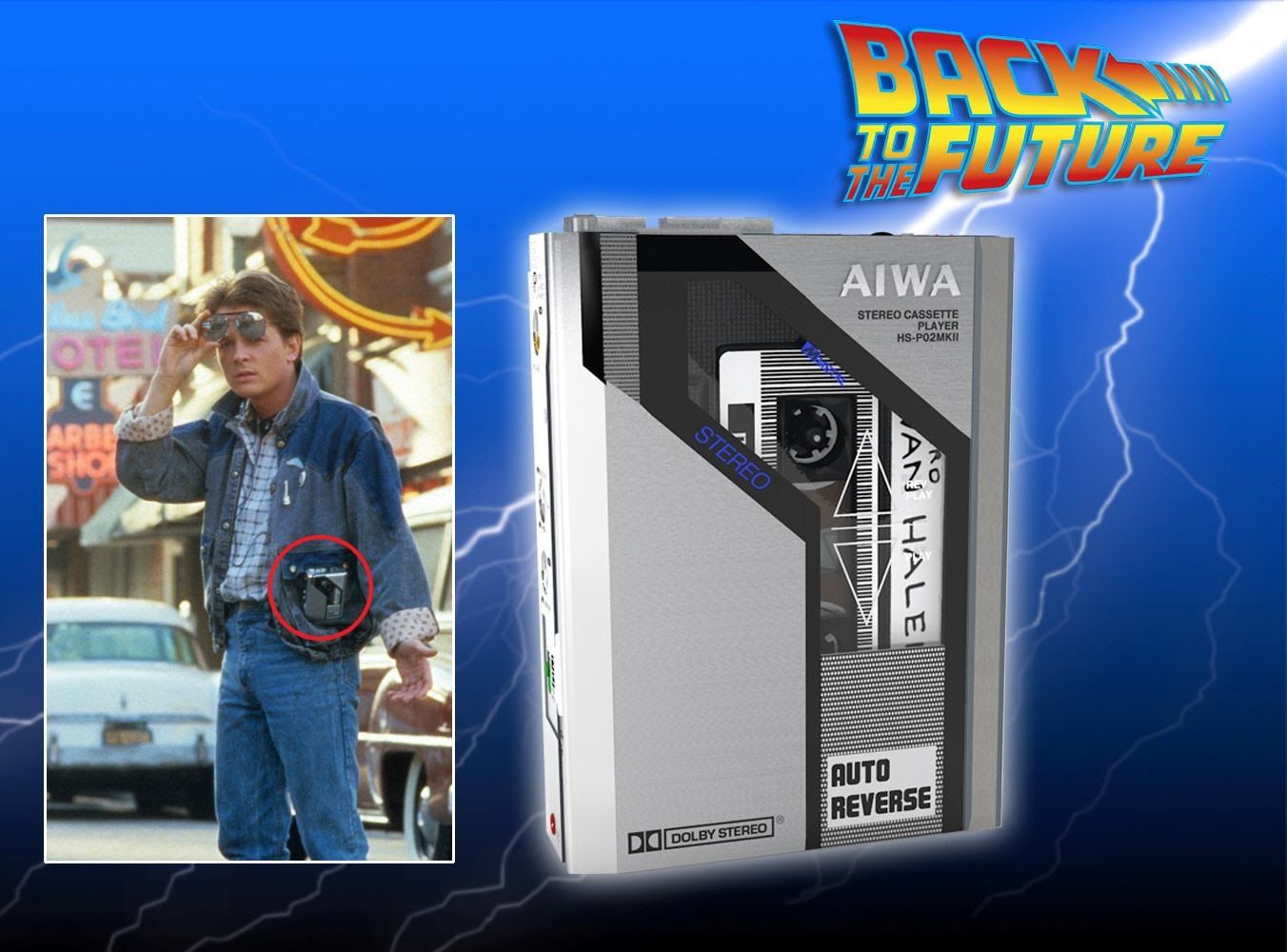
Panasonic, a major electrical appliance manufacturer, is not far behind, and launched the Stereo-to-Go series of Walkmans after SONY:
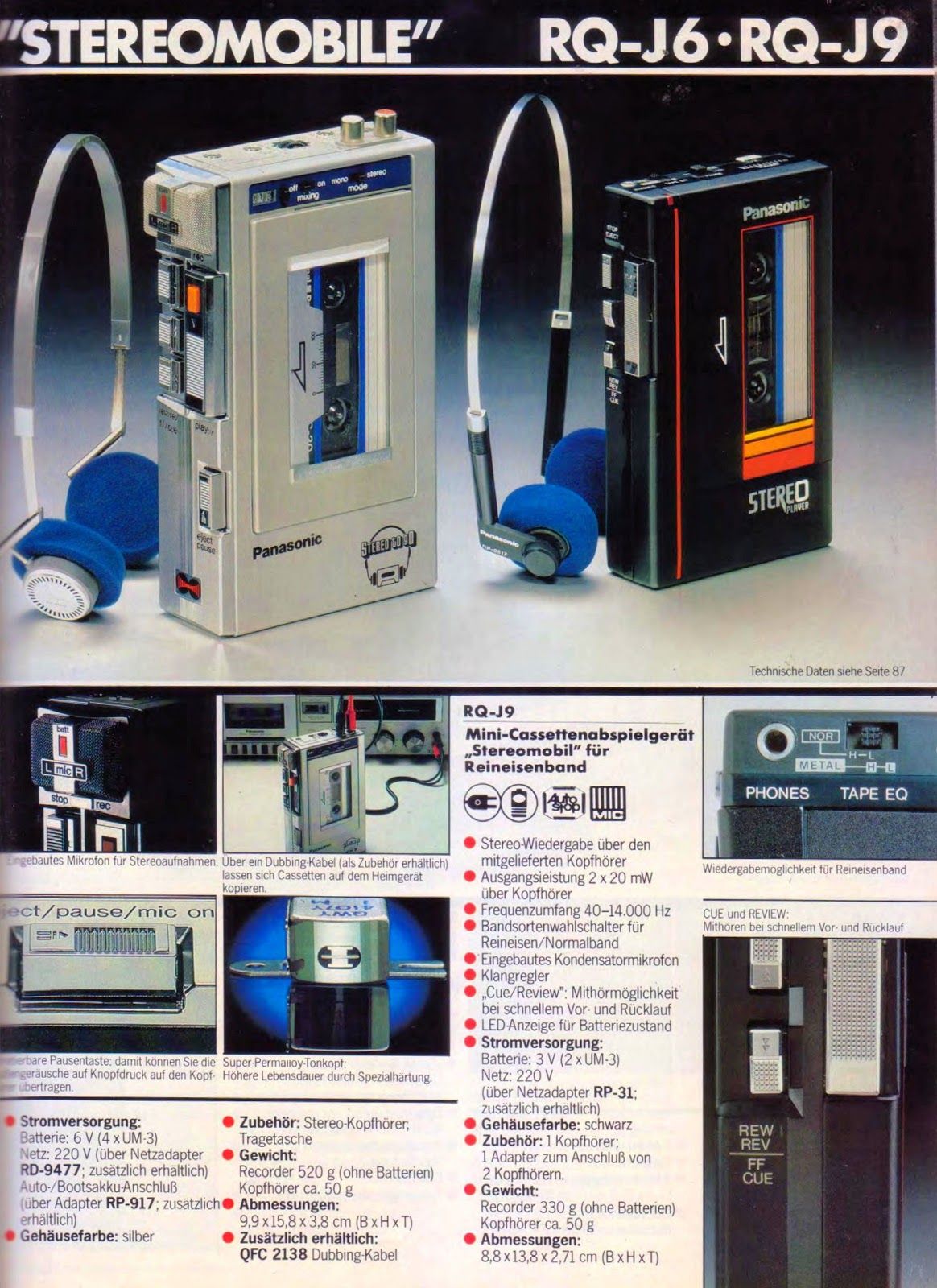
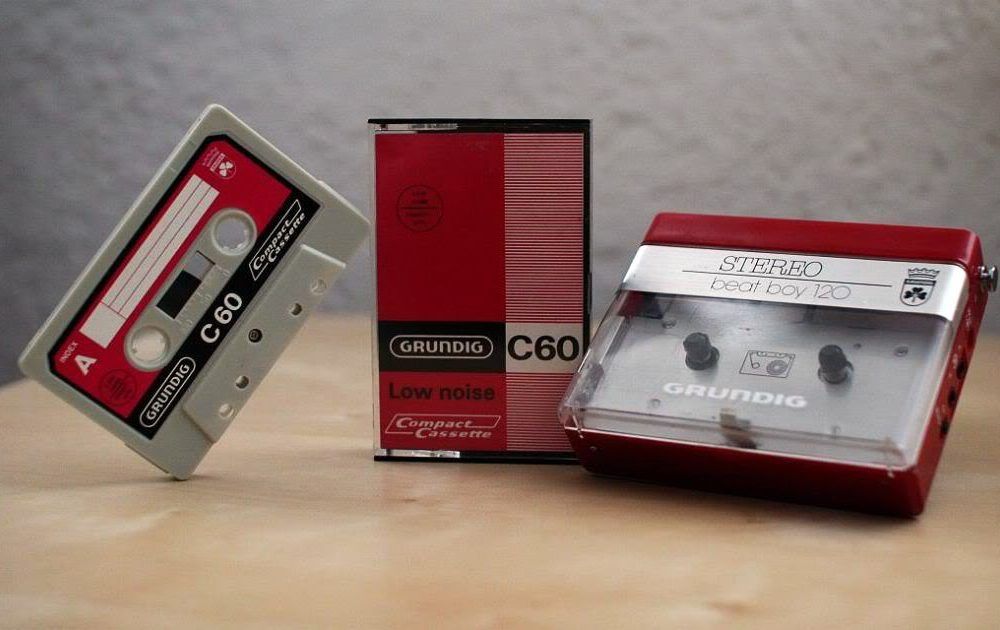
All in all, most of the Walkmans born in this period have solid workmanship and generous materials, but their functions are more simple than later models. Since they are the oldest in production, buying them today may be in more of a state of disrepair. Notes on choosing a Walkman will continue to be introduced in the next article.
"Plastic Love": The mid-1980s to the 1990s were a period of cheapening and diversification of Walkman models
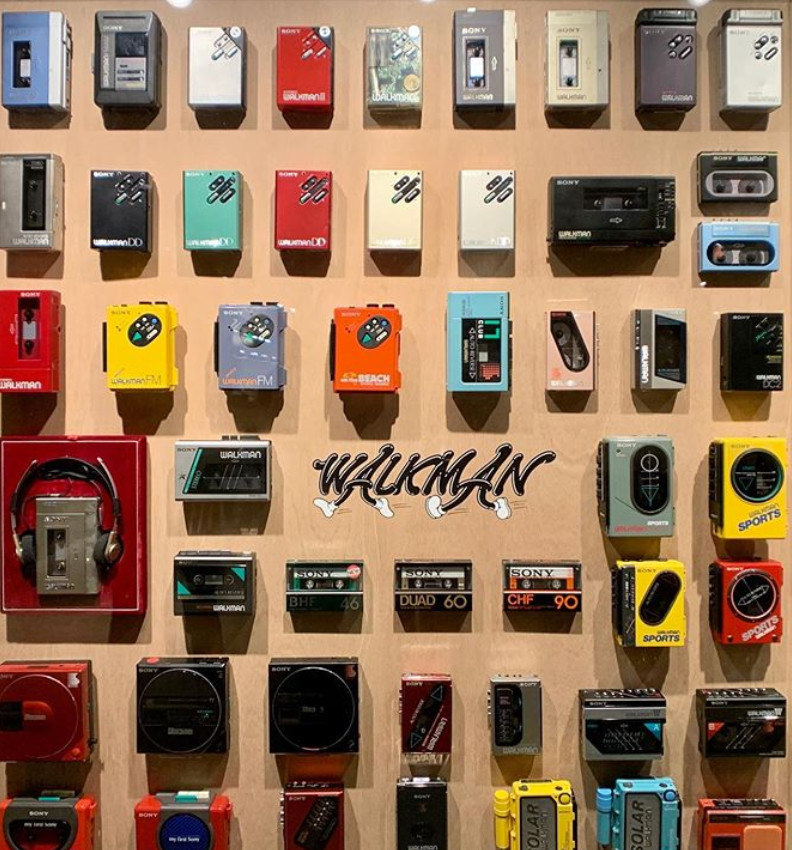
After the early models set the pattern for a new product and way of listening to music, "Walkman", the next step is to enrich product choices. Beginning in the mid-1980s, further enrichment and cheapening of the Walkman model laid the foundation for its subsequent worldwide popularity. During this period, many models that reflected the atmosphere of the 1980s were produced. Various manufacturers abandoned the sturdy but expensive metal shell on the low-end models, and adopted the plastic shell with various colors, showing the plastic love in the plastic age.
The representative cheap model is the plastic-body Walkman WM-22, which was launched in 1984 and was priced at less than £30 (equivalent to £97 in 2020 after inflation), which was probably the price when the TPS-L2 was launched. One-third, which allowed the Walkman to further popularize among the masses.
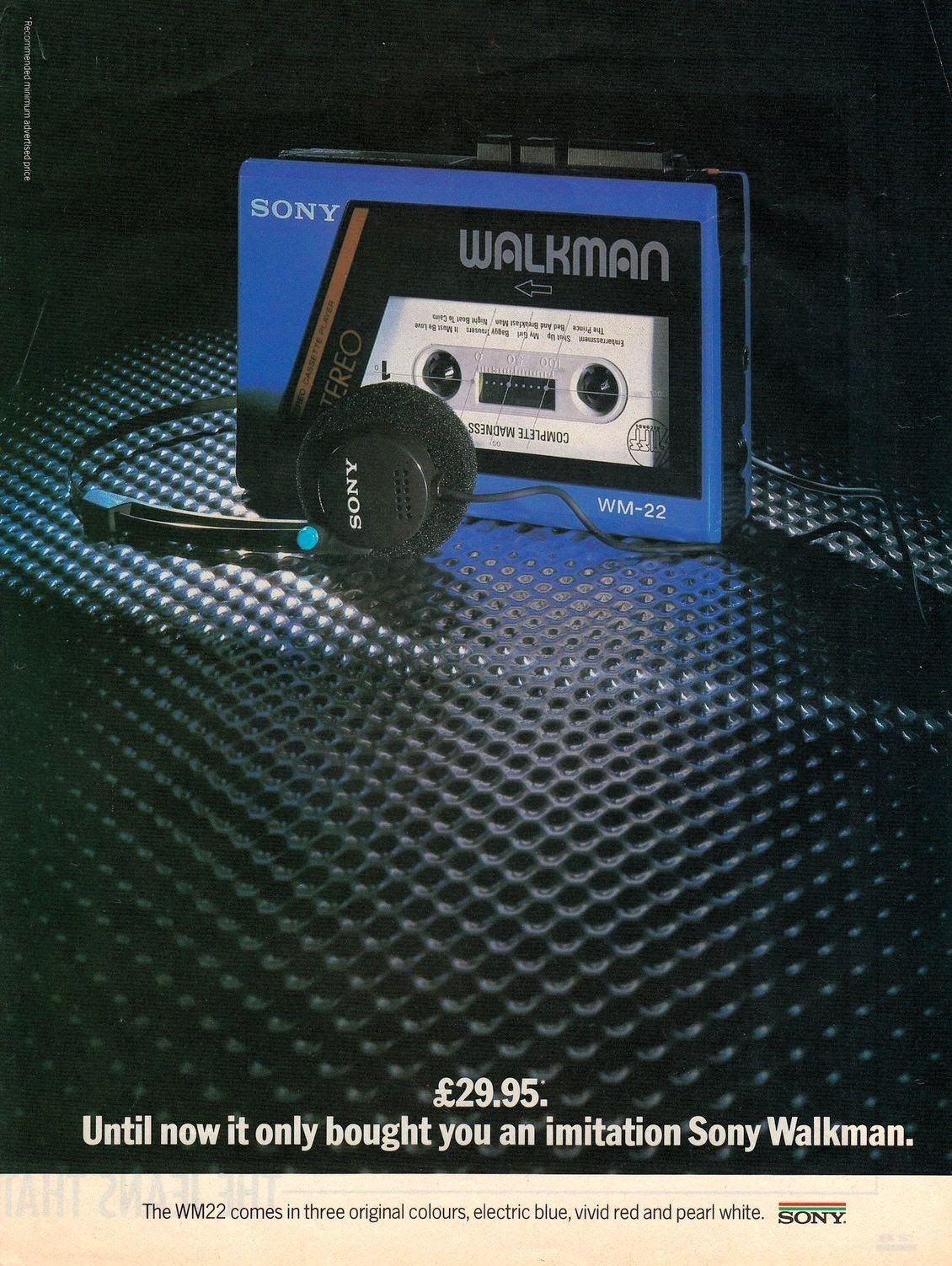
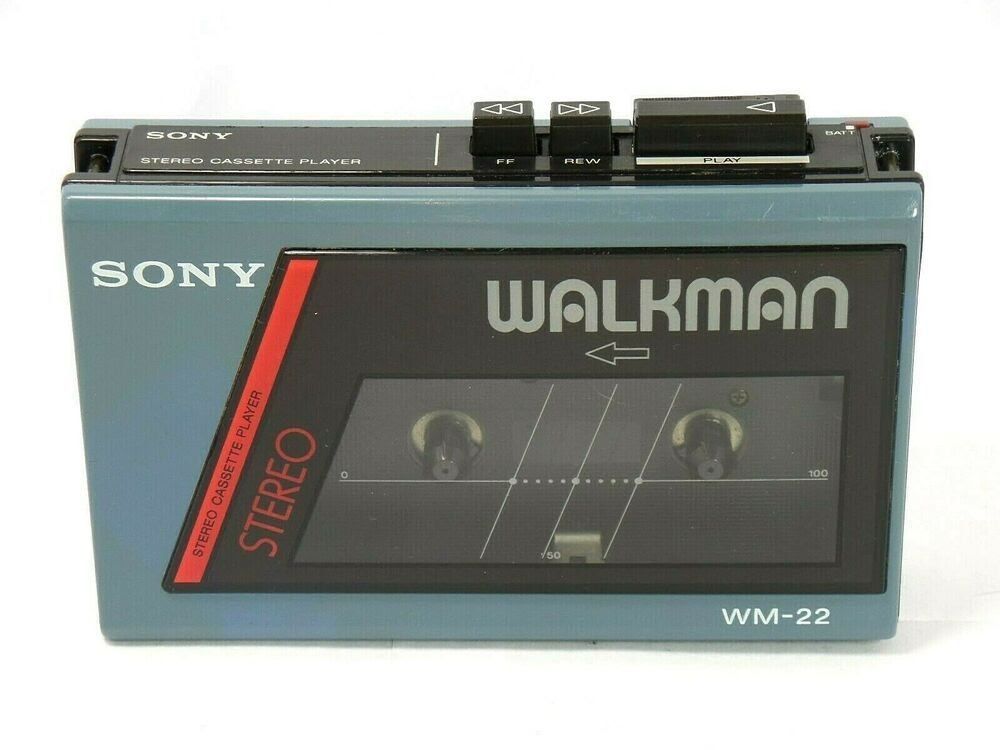
This classic model appeared in the first season of the German drama "Dark" in 2017:
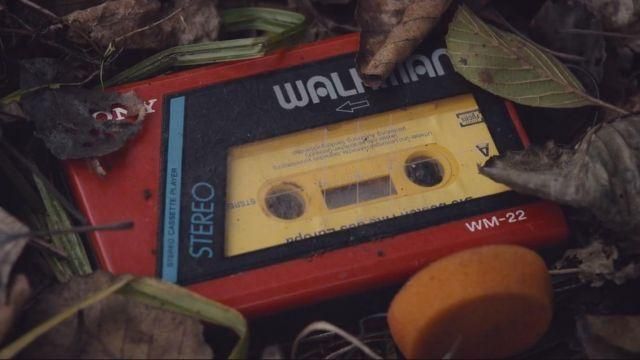
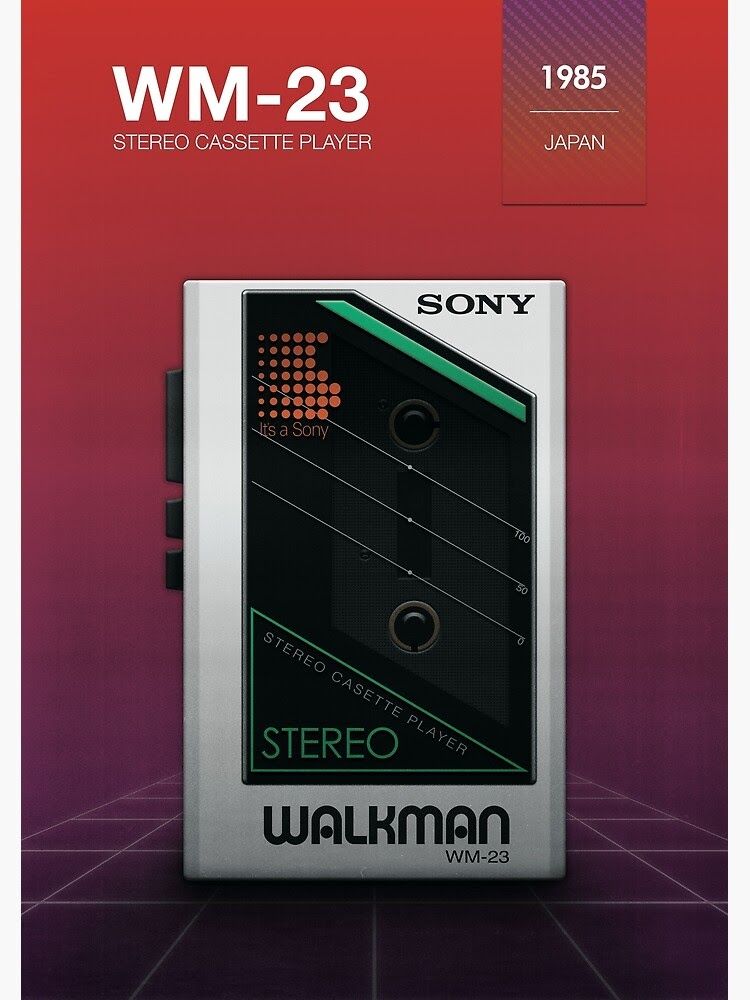
The WM-22's successor, the WM-33, was launched in 1987 and was shorter in length than its predecessors, making it a new level of portability, while also carrying a simple EQ for fiddling with.

The WM-75 "Sports Walkman", which debuted in 1985, pushed the use of the Walkman to a wider range. This splash-proof and ruggedized player was designed to allow listeners to take the machine to a more complex environment. for use in sports fields and shower rooms.

The SONY Walkman WM-101, also launched in 1985, was the first Walkman to use a "chewing gum" battery. The further application of the "gum" battery on the Walkman models of the 90s allowed the machine to be made smaller and more compact.
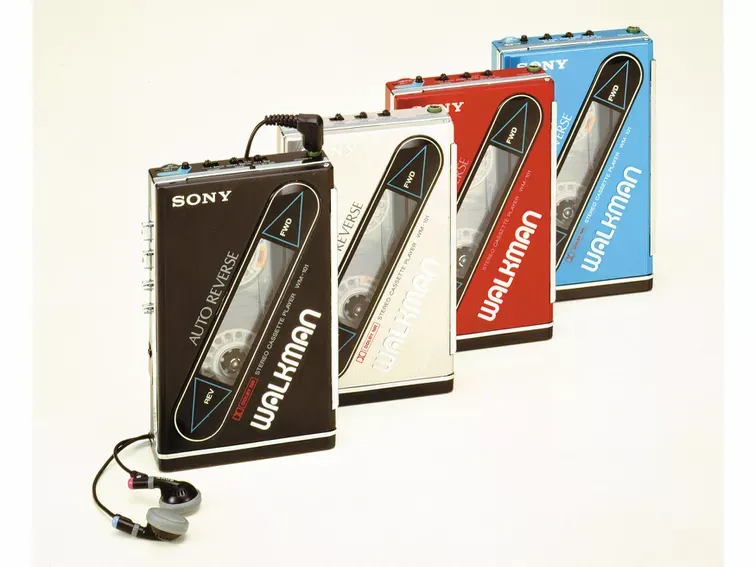

During this period, functions such as automatic flipping and Dolby noise reduction appeared more commonly in high-end players from various manufacturers. The world of Walkman from the mid-1980s to the early 1990s can be described as chaotic and fascinating, like a gorgeous reflection on the Japanese economic bubble.
Some other models born in this period:

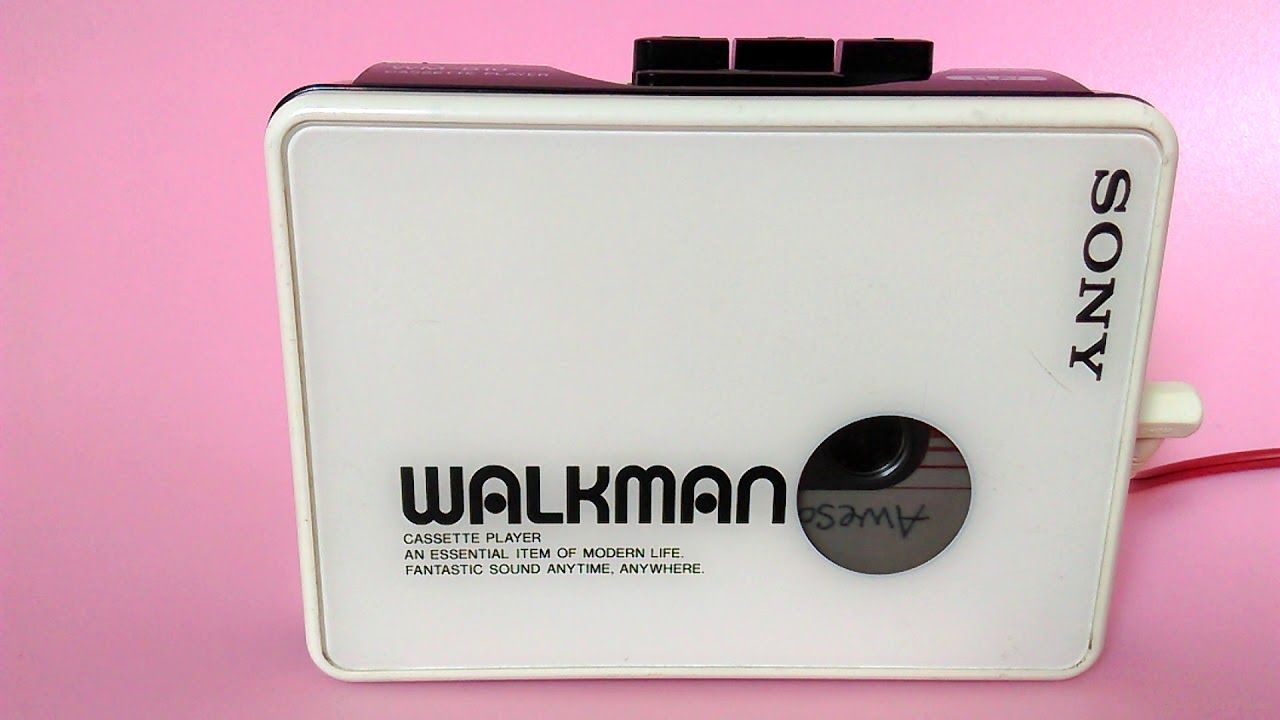
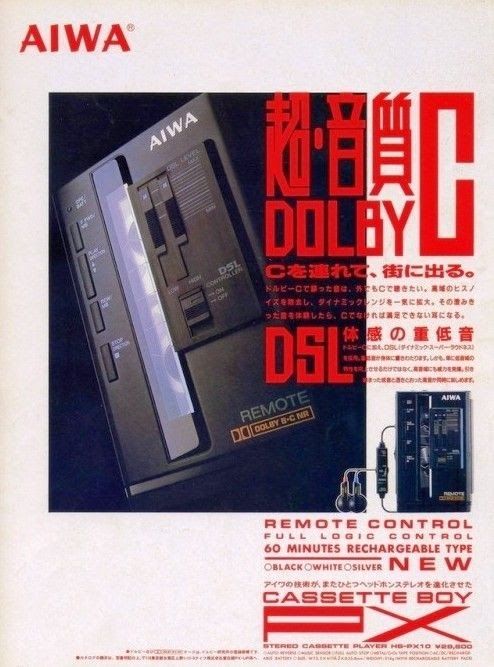

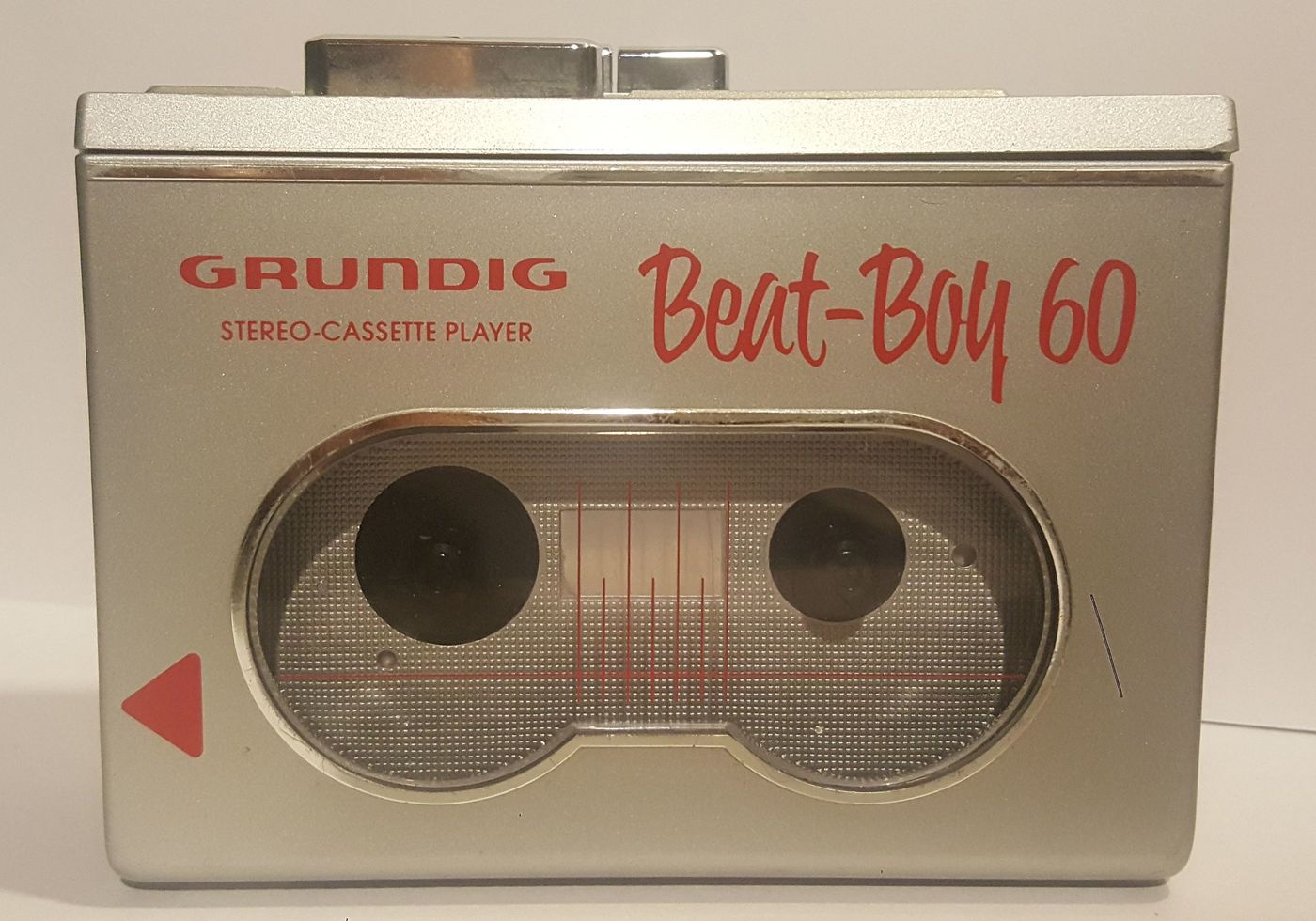

Digital takeover machinery: From the mid-1990s to the 2000s, next-generation models appeared one after another, with further improved additional functions and ultra-thin volumes
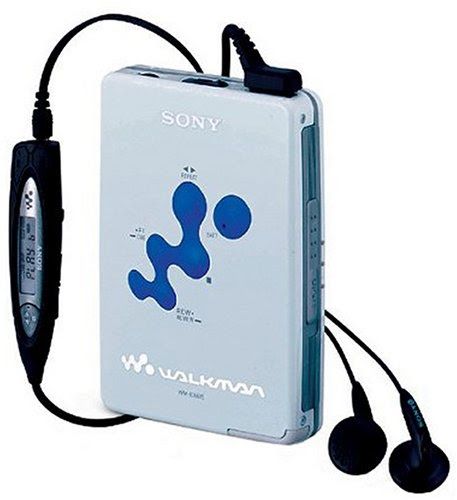
The Walkman born in this period is more of a digital product than a product of the electrical age. More advanced digital logic circuits are used inside the mid-to-high-end models, maximizing the replacement of the functions of physical mechanical transmission buttons and levers. "Next-generation" features such as automatic skipping of blank parts, single-track loop mode (still need to rewind), automatic detection of tape type, etc. are also more popular.
The use of advanced digital logic circuits and the further application of "chewing gum batteries" have allowed the machine to be made smaller and more compact. The ultra-thin models of late manufacturers can even be easily put into jeans or shirt pockets without being obtrusive . The remote control can make people no longer lower their heads to fumble in their waists or pockets, and can realize various common functions of the player with a few touches of the buttons on the chest.
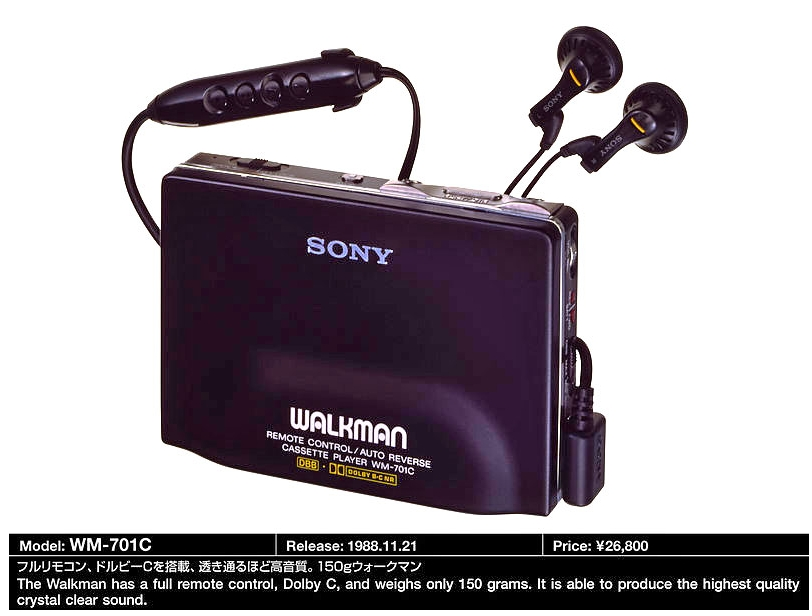
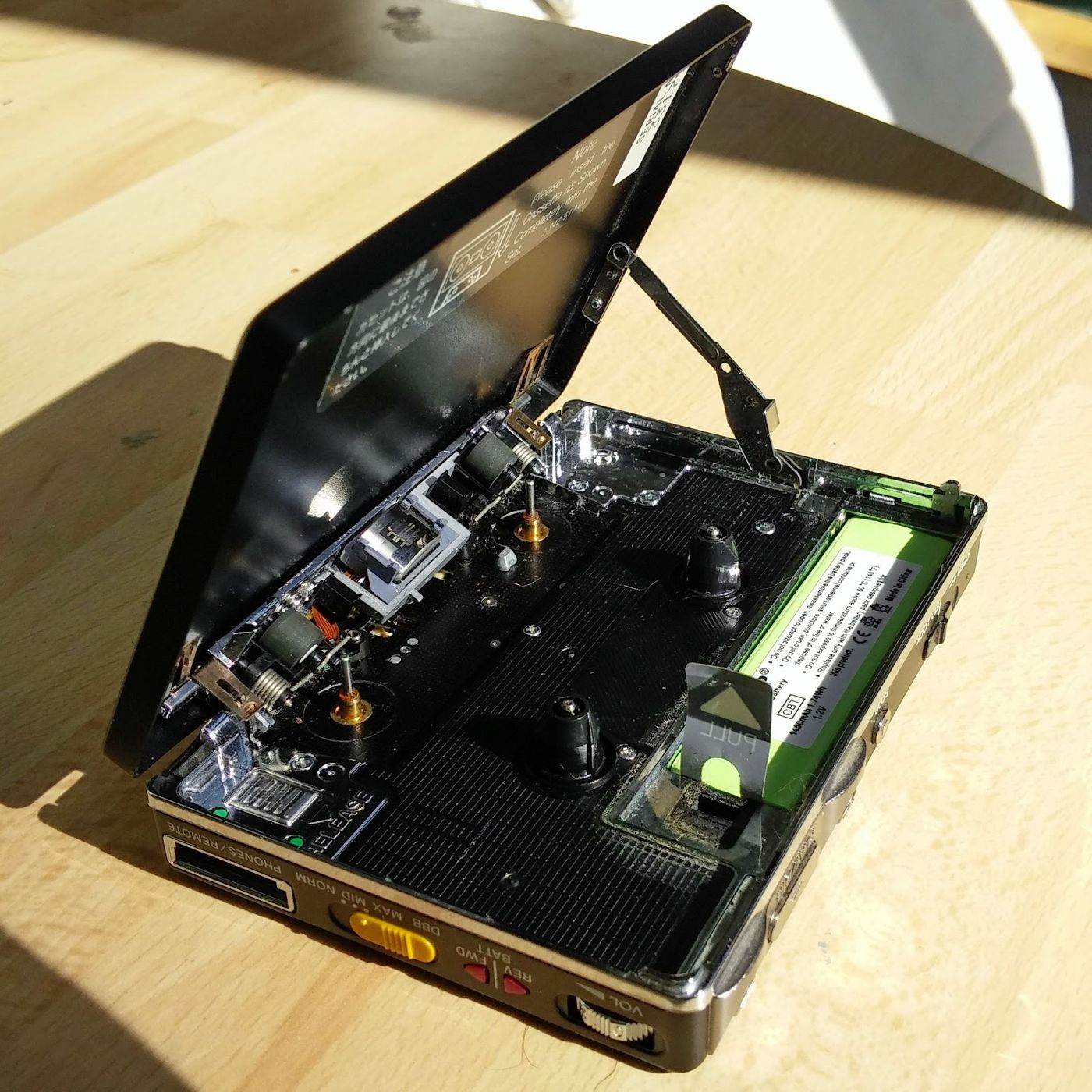
Another revolutionary improvement is the reduced power consumption of the Walkman. SONY in the mid-1990s developed a motor with low power consumption, which allowed a Walkman to run continuously for 36 or even 72 hours on a single AA battery. You must know that the models produced in the 1980s can even listen to 8 hours continuously to save power. The new motor further reduces the long-term cost of listening to music.

The mid-to-high-end Walkman models of this period have reached the top level in the analysis and optimization of audio on tapes. The only regret is that they feel a little "thin" in workmanship, and when you hold them in your hand, there is no such thing as the early 1980s. The "firmness" of the models, but this may also be related to their small size.
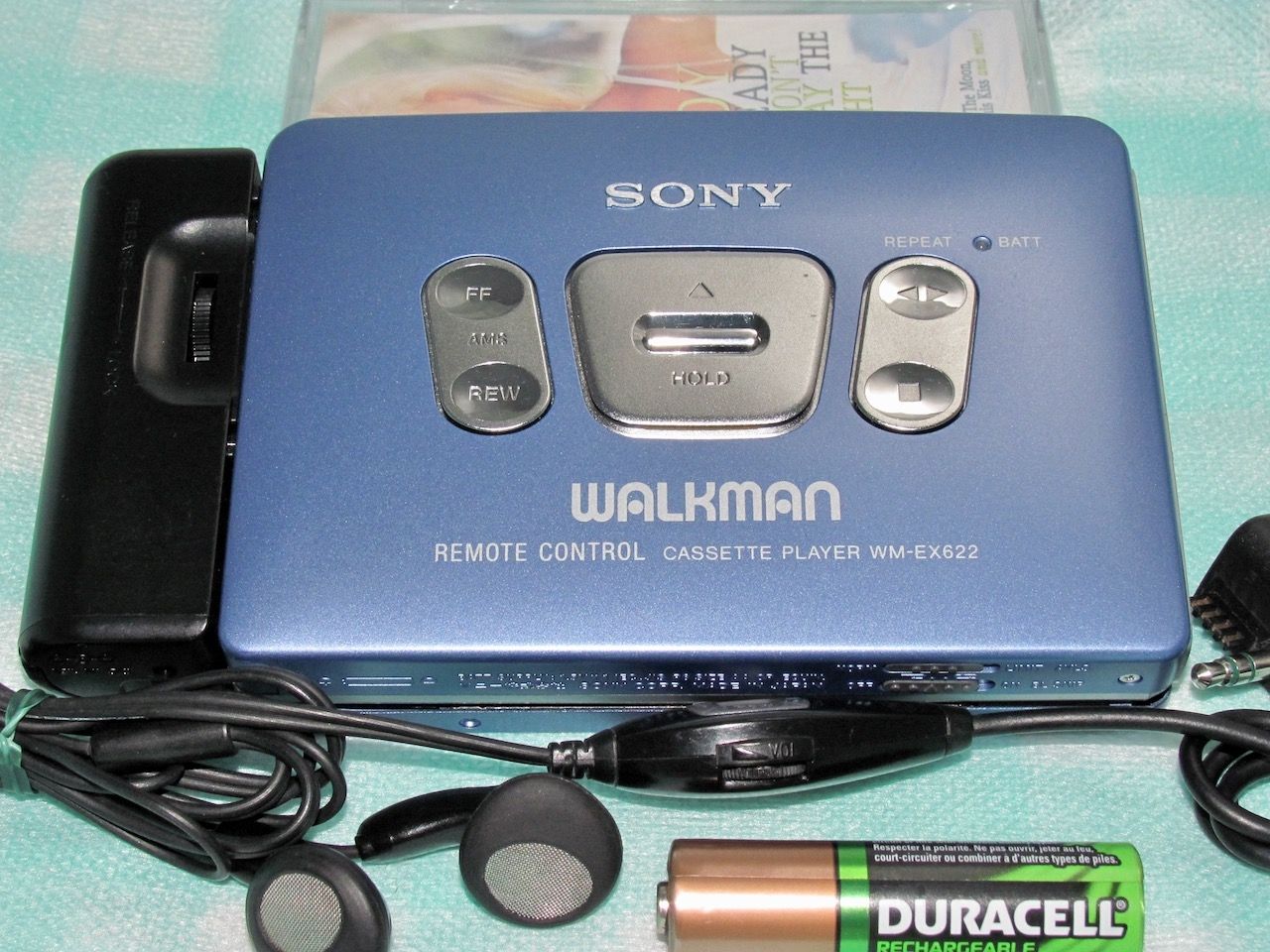
As mid-to-high-end models enter the next generation, manufacturers have further launched a series of cheaper "affordable" models. These machines do not have too fancy functions, and the sound quality is only at the level of "audible", such as the WM-EX110 produced by SONY in 1995 and its derivative models WM-EX112 (with the addition of MEGA BASS subwoofer), WM-FX101 (Added AM/FM radio listening function). Although such a model is a bit too simple, the quality is still far better than the player without a brand or a copycat.
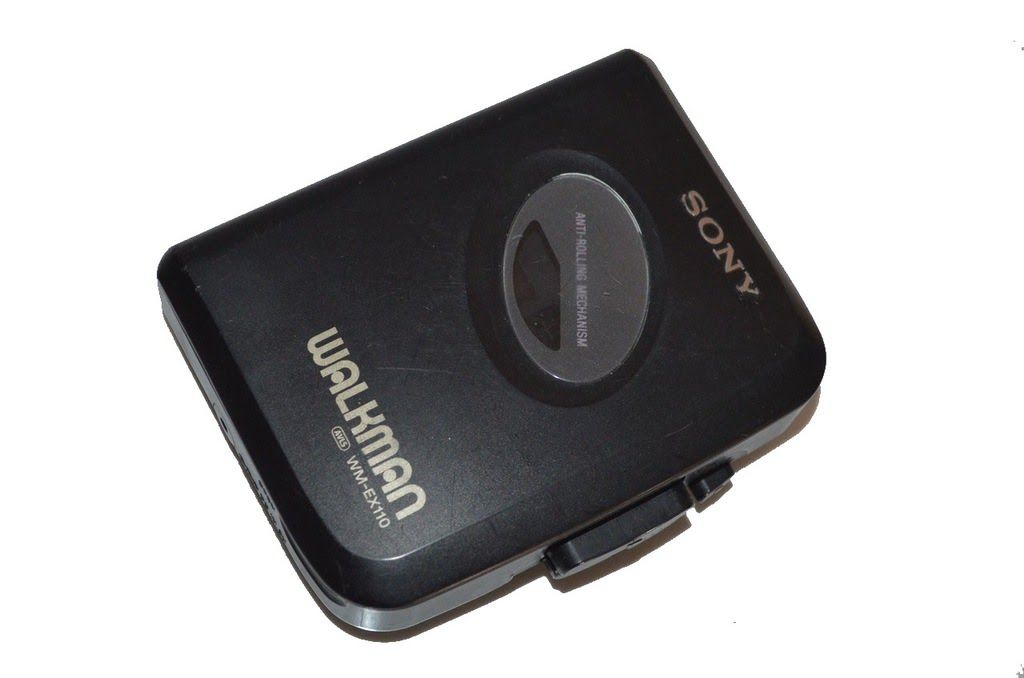
If it is purely for listening to music, the model number "WM-EX5**" and above that SONY launched in the mid-1990s can be said to be the best choice. The internal structure between the various models in this series is very close, SONY just made a fuss about the appearance and additional functions. As long as it's a working machine, any of the sound quality in this series is quite good, even more pleasing than the solid and stable DD series.

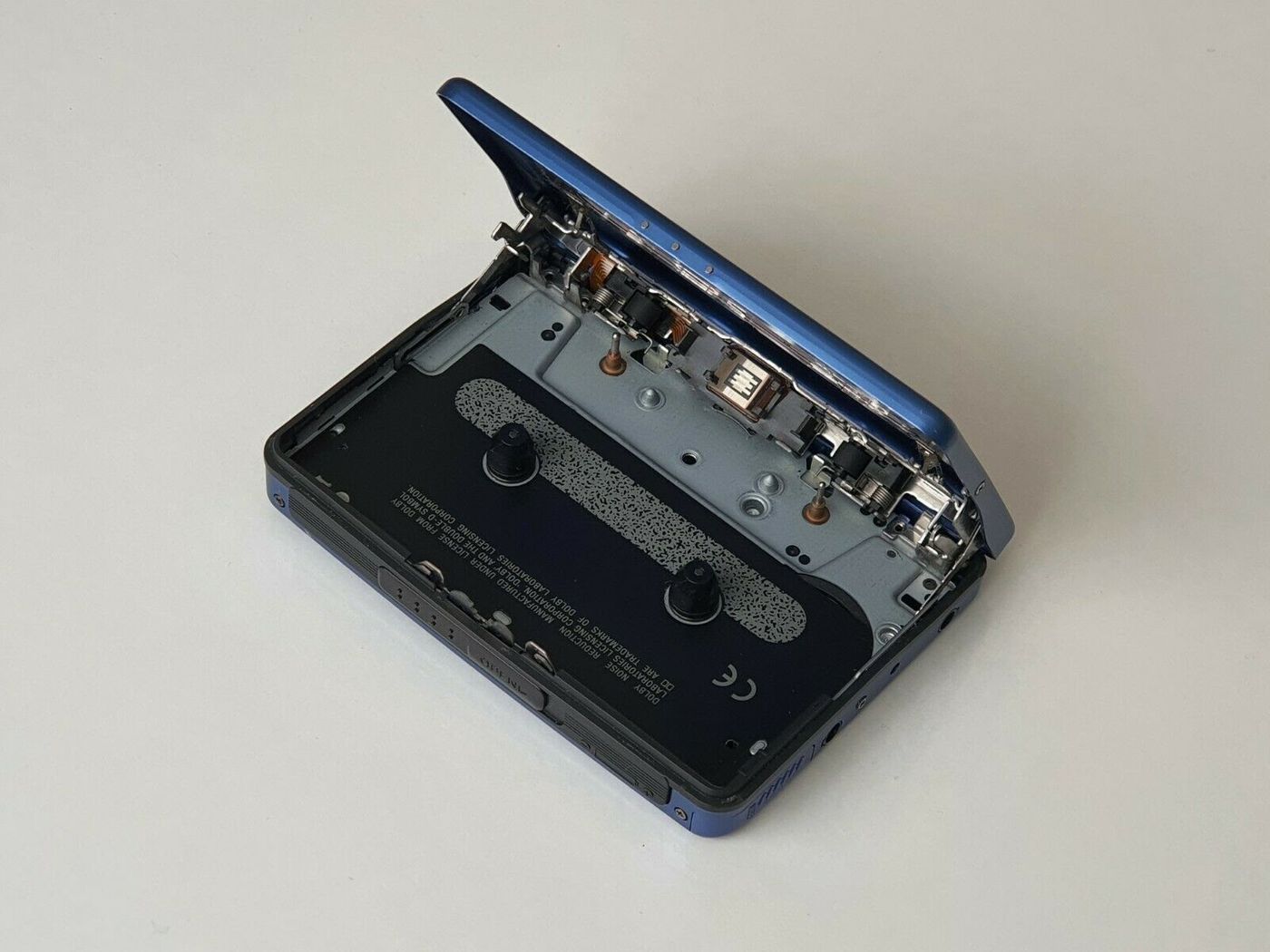
Here are some other models from this period:
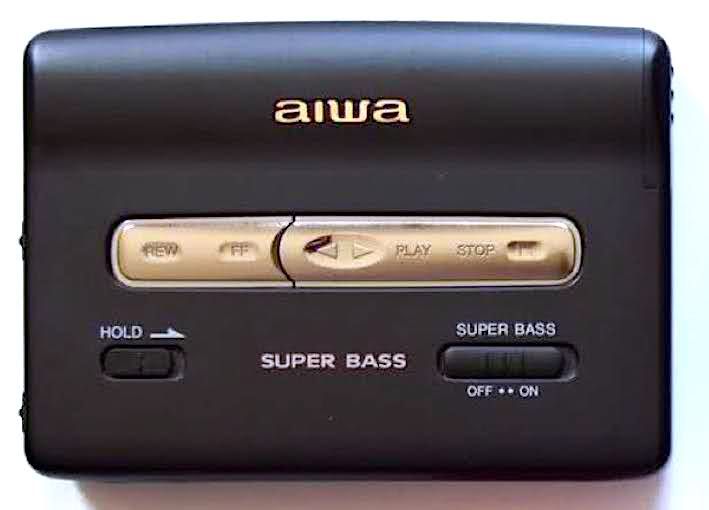
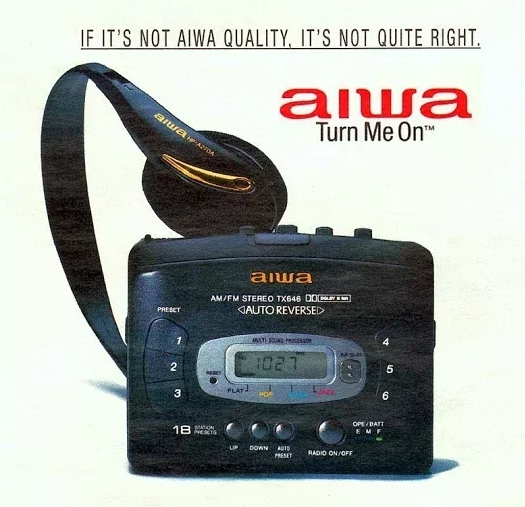
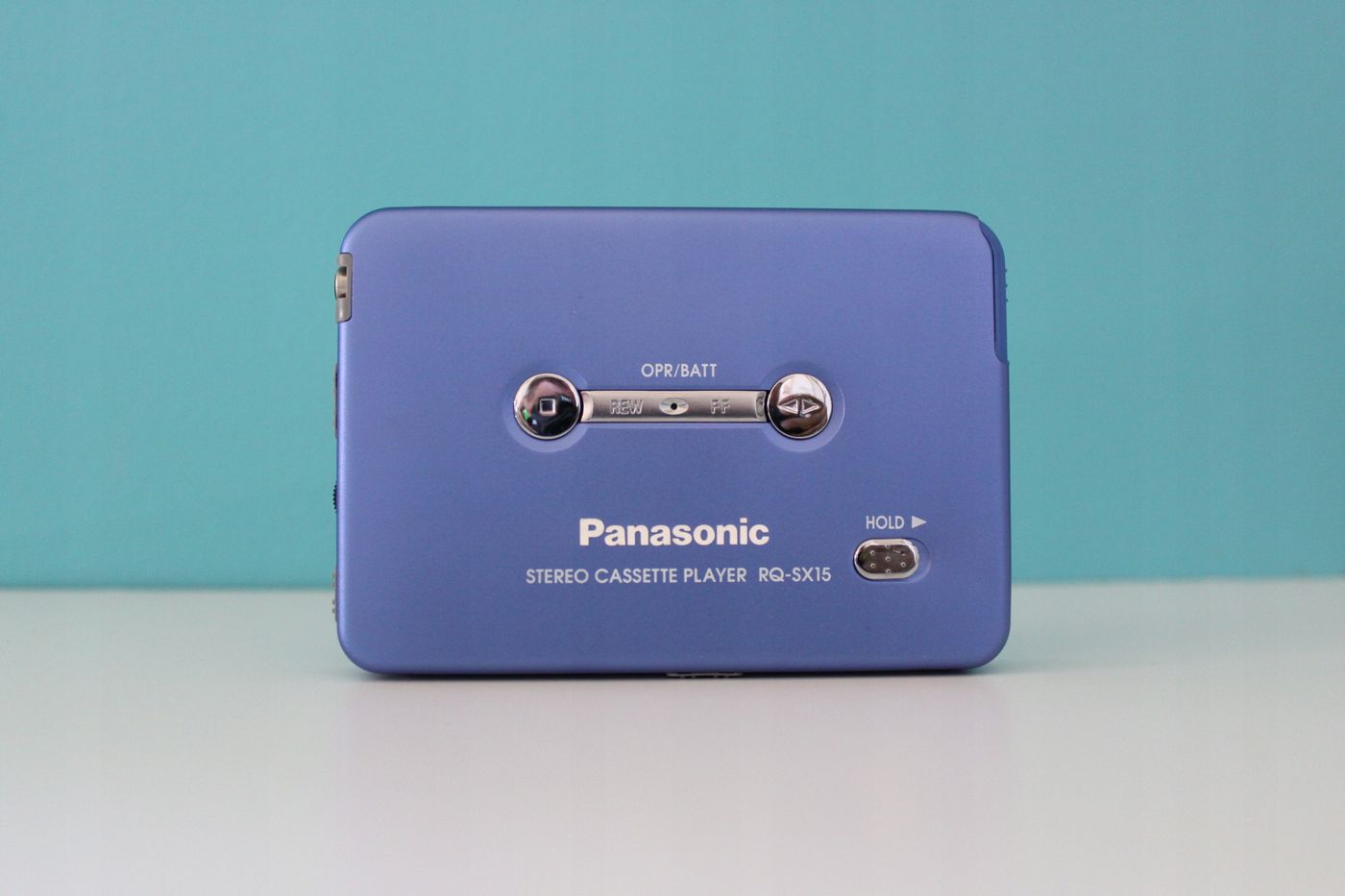
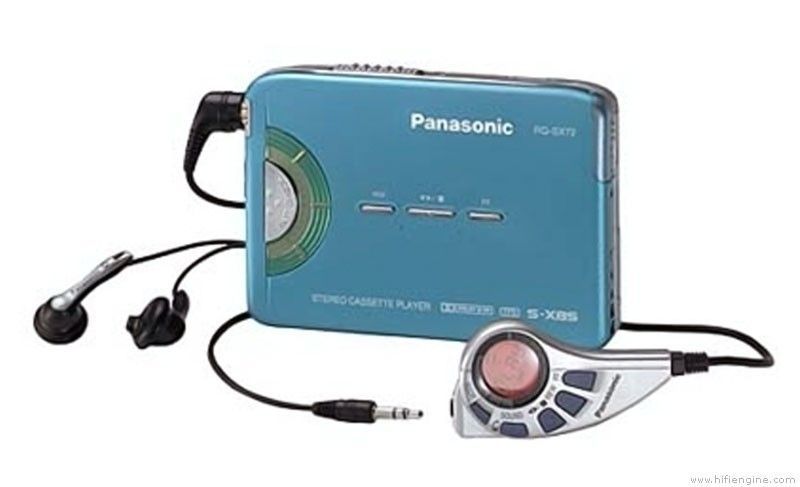
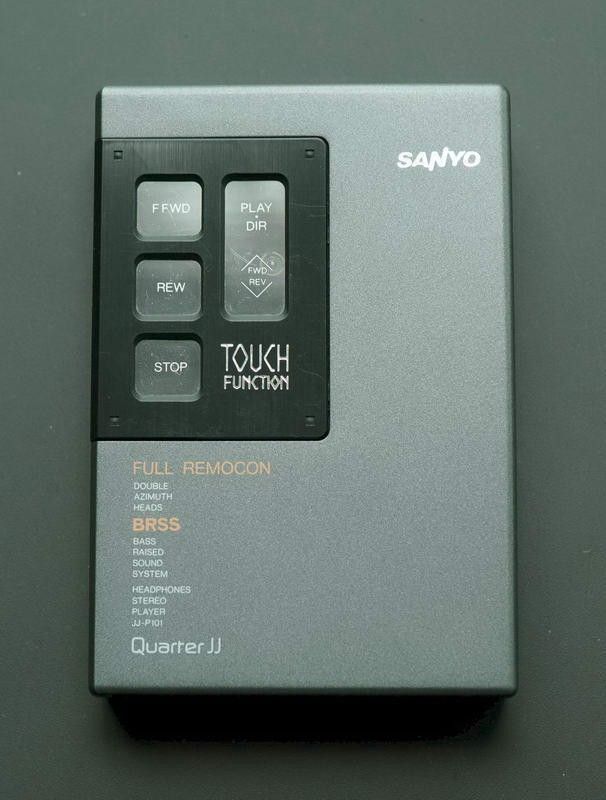
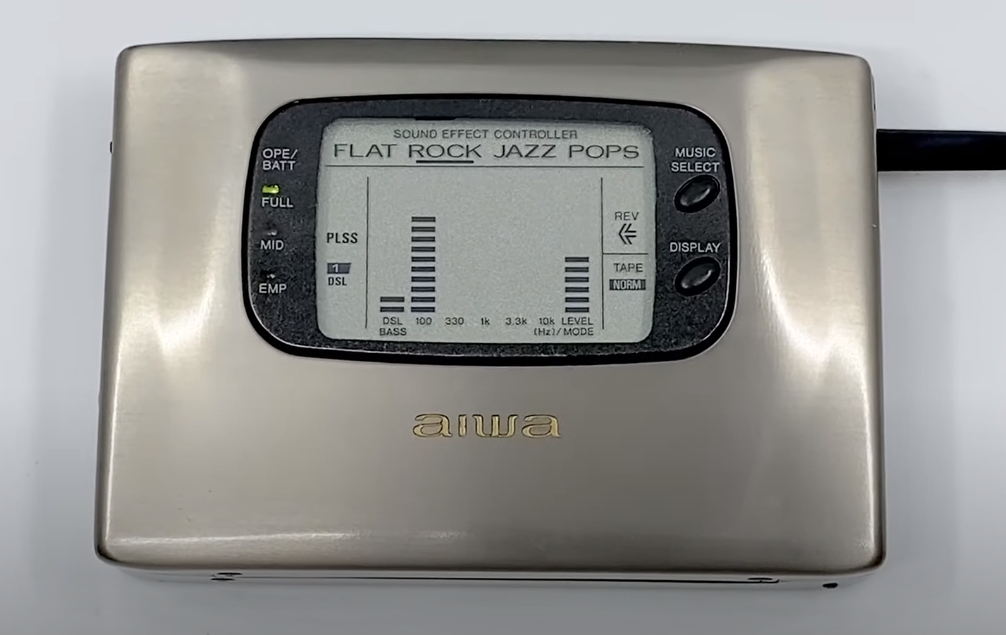

The above is a simple classification and model list of Walkmans by their birth years. The next article will introduce how to choose a Walkman that suits you today.
In addition, if this article claps hands more than 123 times, an additional "Overview of Limited Edition and Special Model Walkman" will be unlocked. The article will list and introduce some strange and rare models, such as SONY's "Luminous Bean" Walkman:
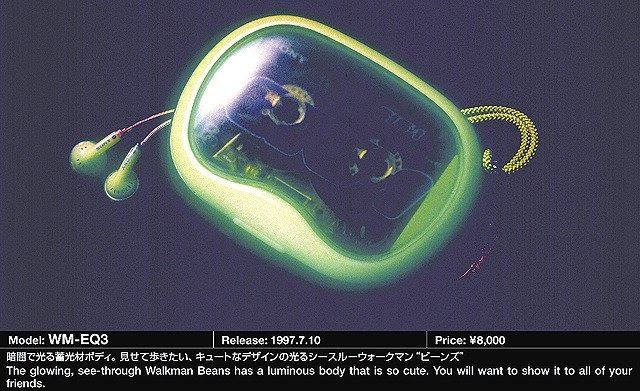
(To be continued)
Special thanks:
This article was catalyzed by the funds I received from the "Rangai Power Generation Project" .
Thanks again @Matty for providing the funds to buy the chocolates that inspired and fueled my writing.
Follow the hashtag #NerdityOverdrive to read more profiles and reviews of tech and art-related subcultures.
For reprinting matters, please contact: poppelyang@gmail.com
Poppel Yang
2020-09-10
Like my work?
Don't forget to support or like, so I know you are with me..
Comment…